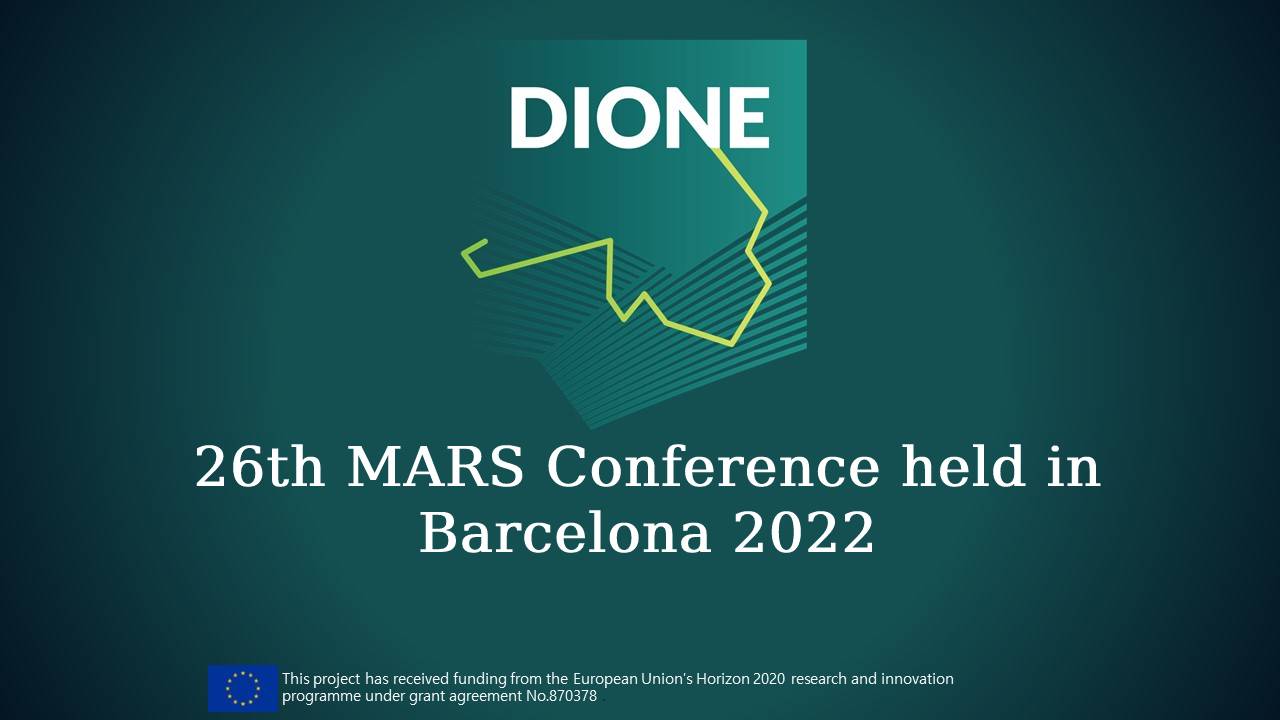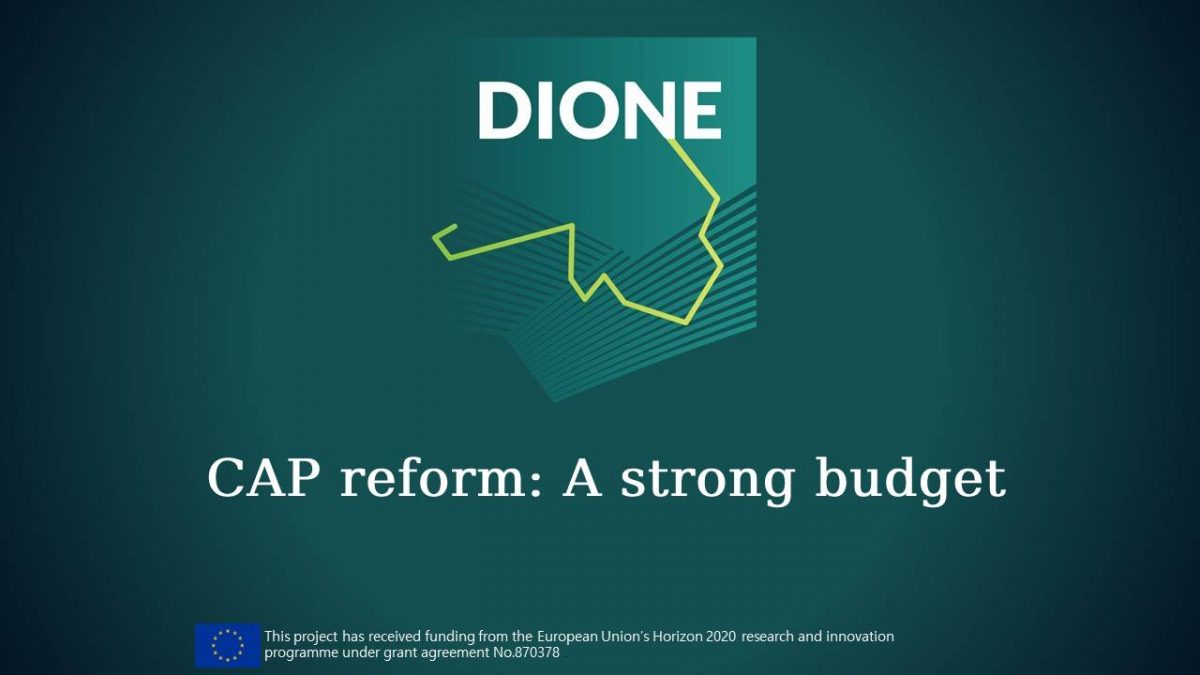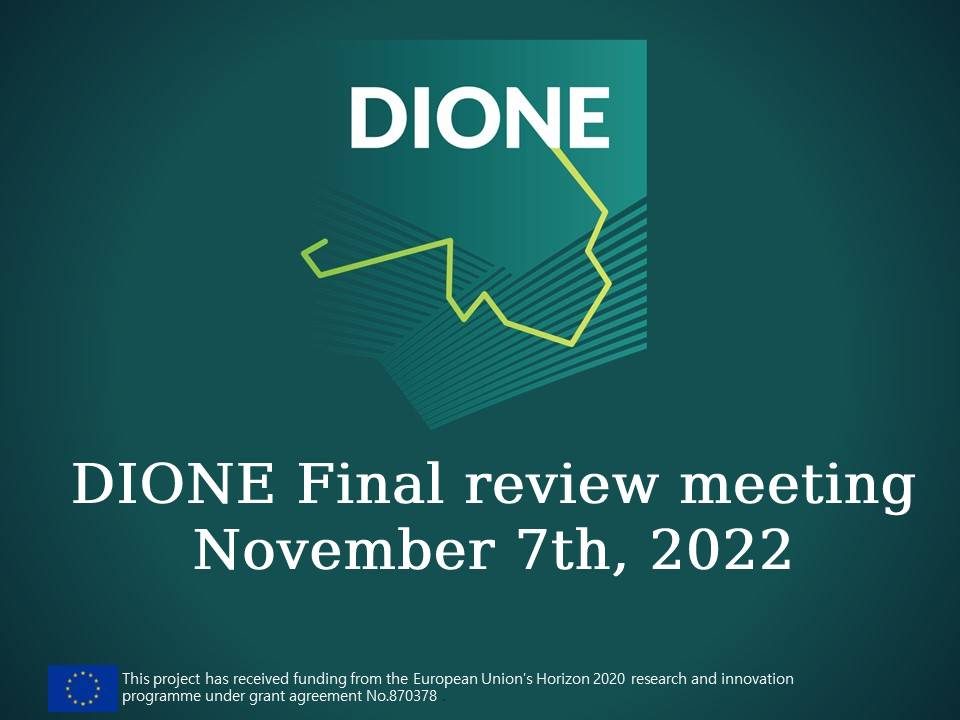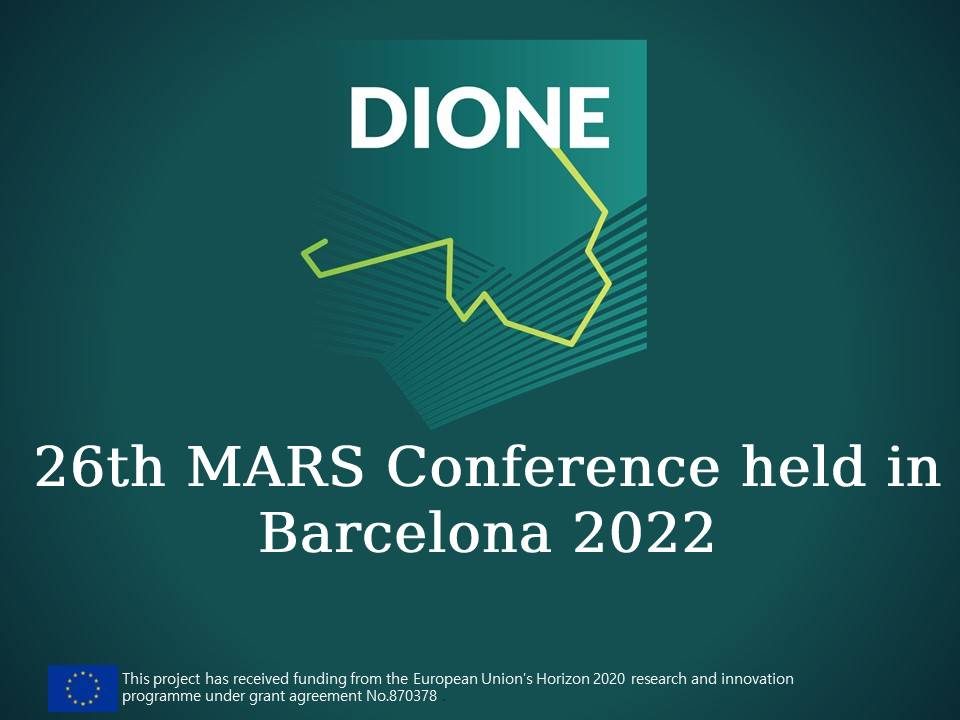
Demo Presentation of the DIONE’s Geotagged Photos App
July 28, 2022
26th MARS Conference held in Barcelona 2022
November 21, 2022€387 billion in funding has been allocated to the CAP for the 2021-27 period. This will come from two different funds: the European agricultural guarantee fund (EAGF), which has been set at €291.1 billion (in current prices); and the European agricultural fund for rural development (EAFRD), which will amount to €95.5 billion.
On December the 2nd, 2021, the agreement on reform of the common agricultural policy (CAP) was formally adopted. The new legislation, which is due to begin in 2023, paves the way for a fairer, greener and more performance-based CAP. It will seek to ensure a sustainable future for European farmers, provide more targeted support to smaller farms, and allow greater flexibility for EU countries to adapt measures to local conditions.
The new CAP is a modernised policy, with a strong emphasis on results and performance, states the official website of the European Commission, with ten specific objectives, linked to common EU goals for social, environmental, and economic sustainability in agriculture and rural areas.
Namely the ten objectives are: to ensure a fair income for farmers; to increase competitiveness; to improve the position of farmers in the food chain; climate change action; environmental care; to preserve landscapes and biodiversity; to support generational renewal; vibrant rural areas; to protect food and health quality; fostering knowledge and innovation, more details here. CAP specific objectives, listed by country are also available, visit this link for more information.
The national CAP strategic plans are to be designed by each Member State, choosing from a wide range of interventions at the EU level, tailoring and targeting them to address their specific needs and local conditions. The Commission has been assessing whether each Plan is aimed towards the ten key CAP objectives, which touch upon shared environmental, social and economic challenges. On September the 13th, the European Commission approved the CAP strategic plans for Austria and Luxembourg. This represents the second approval package of CAP Strategic Plans following the approval on 31 August of the Plans for Denmark, Finland, France, Ireland, Poland, Portugal, and Spain. More information on each Plan as well as the breakdown of their CAP budget is available in the “at a glance” documents.
The CAP will continue to benefit from a robust long-term budget. €387 billion in funding has been allocated to the CAP for the 2021-27 period. This will come from two different funds: the European agricultural guarantee fund (EAGF), which has been set at €291.1 billion (in current prices); and the European agricultural fund for rural development (EAFRD), which will amount to €95.5 billion. The budget for the EAFRD includes €8 billion from Next Generation EU to help rural areas make the structural changes necessary to achieve the goals of the European Green Deal and the digital transition. To allow EU countries to better adapt the policy to their farming sectors’ priorities, they will be entitled to transfer up to 25% of their CAP allocations between income support and rural development. EU countries can apply additional flexibilities for certain purposes, such as supporting environment and climate objectives, supporting young farmers and where countries have below-average direct payments.
As part of its commitment to support research and innovation in agriculture, the Commission has proposed to set aside €10 billion from the Horizon Europe programme for projects relating to food, farming, rural development and the bioeconomy.
On October the 6th, the European Commission launched the European CAP Network during an event in Brussels gathering more than 300 participants, from the public and private sector. The EU CAP Network aims to optimise the flow of information about agriculture and rural policy within the EU, to support the implementation and evaluation of the CAP Strategic Plans, as well as boosting innovation of the sector.





